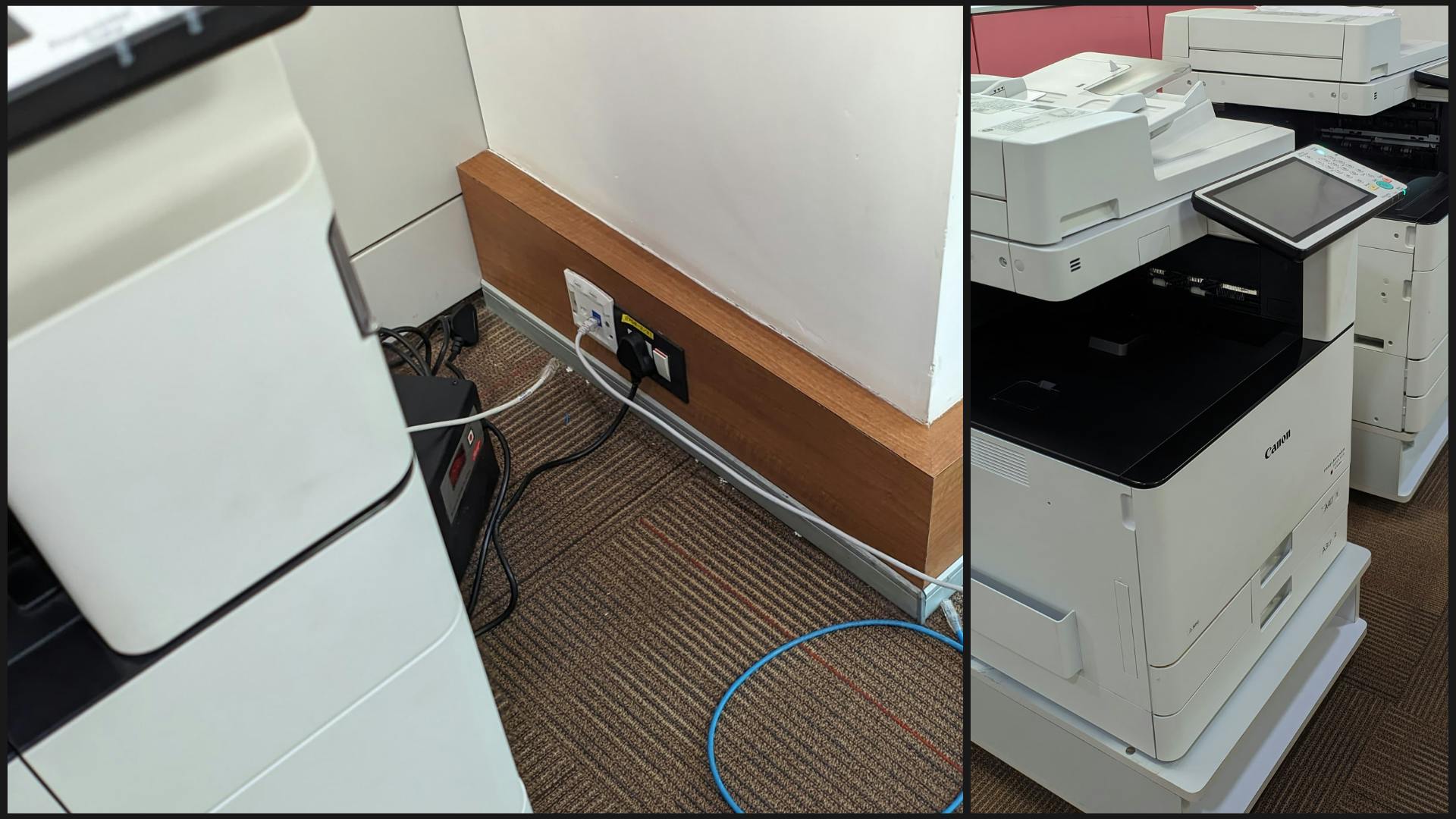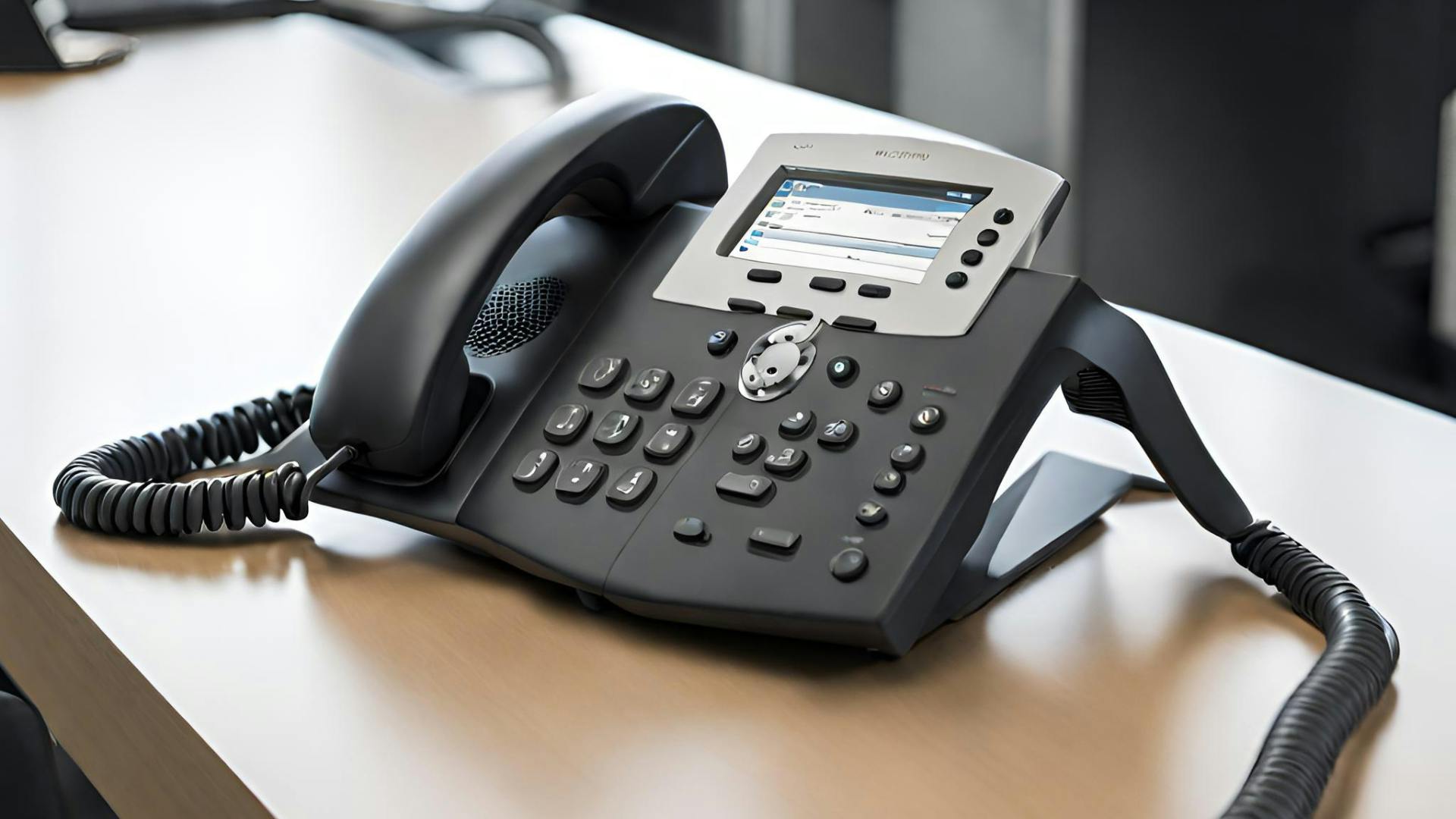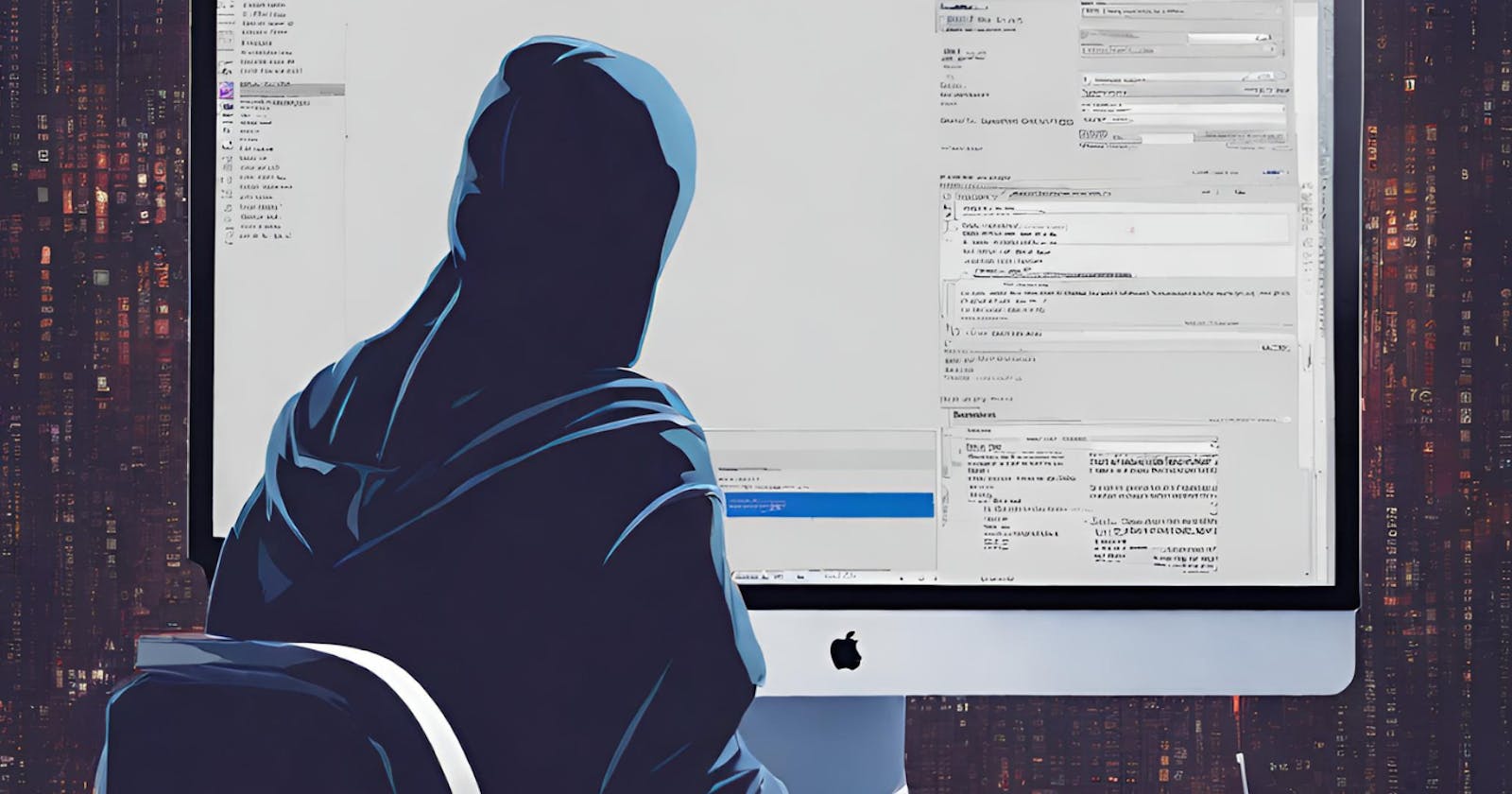Assumed Breach: The Red Teamer's Toolkit, Client Pre-Requisites & Initial Access
Introduction:
Hello, fellow cybersecurity enthusiasts! Today, we're delving into the world of Red Team Engagements – a simulated cybersecurity challenge where ethical hacking takes center stage. Our journey begins with a look at the essential starting points, and the prerequisites needed to kick off our simulated security assessment.
Setting the Stage:
In the realm of digital security, Red Teaming is like playing both detective and adversary. The goal? Help organizations find and fix vulnerabilities before the real bad actors can exploit them. It's a strategic and careful process designed to boost cybersecurity measures comprehensively.
Pre-Requisites: What We Ask From the Client:
Permission Slip:
Before we start our digital exploration, we need a green light from the organization – explicit permission to ensure we're playing by the rules. This often involves agreements like Non-Disclosure Agreements (NDA) and Rules of Engagement (RoE).
Tech Toolbox:
Equipping ourselves for the task is a bit like gearing up for a mission. VirtualBox is our command center, and Kali Linux is our trusty sidekick, helping us navigate the digital terrain.
Local Admin Access:
To be effective, we need some keys to the kingdom. Asking for a domain-joined machine, a username, password, and local admin access is like getting a special pass to see how things work behind the scenes.
Now, let's say the client is a bit cautious about sharing local admin access. No need to worry! We can make a polite request for a system with a similar setup to what they give their employees. It's like asking for the right map to explore unknown territories.
No Network Access? No Problem:
Hunt for Printers -
If the client only shares a domain ID and password without internal network access, we get creative. We look for printers – those unsung heroes of the office. Many of them are directly connected to the network. Plug into one with an extra cable, and voila! We've found a secret passage into the domain network.

VoIP Telephones -
Voice over Internet Protocol (VoIP) telephones have become the backbone of modern communication within organizations. These devices leverage the organization's internal network to facilitate seamless voice communication over the Internet. Gaining direct access to VoIP telephones sometimes allows us to get direct network access.

Conference Room Systems -
Conference room systems, often network-connected for seamless collaboration, pose a potential risk. Connecting an unauthorized Ethernet cable to conference room devices to establish a direct link to the internal network.
Mac Spoofing -
Now, introducing Mac Spoofing, our wildcard move. This technique lets us change our device's identity, becoming digital chameleons. Like a secret weapon, Mac Spoofing adds a layer of deception, letting us slip past traditional defenses and test how resilient systems are in unexpected ways.
Conclusion:
In wrapping up, think of Red Team Engagements as a carefully orchestrated dance between ethical hackers and cybersecurity defense. We've explored the basics: getting permission, using the right tools, and gaining access like digital detectives.
But hold on, our journey is far from over! In the next blog series, we'll dive even deeper. We're going to explore more about how these ethical hackers navigate through digital landscapes, discovering vulnerabilities, and making sure our online world stays safe. Stick around for the next chapter where things get even more interesting!
